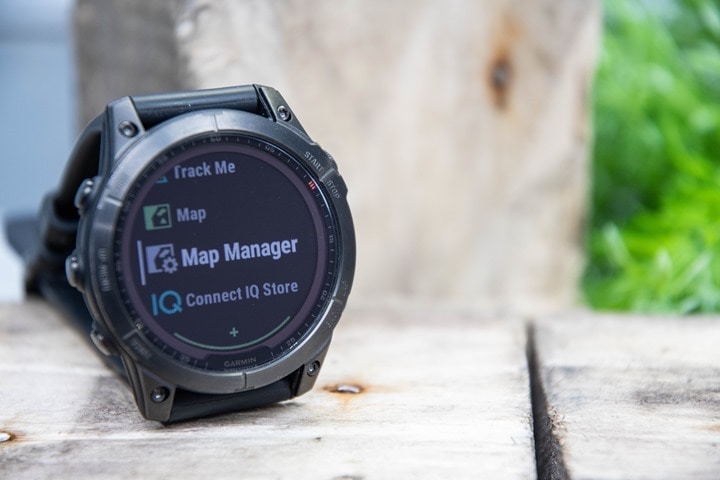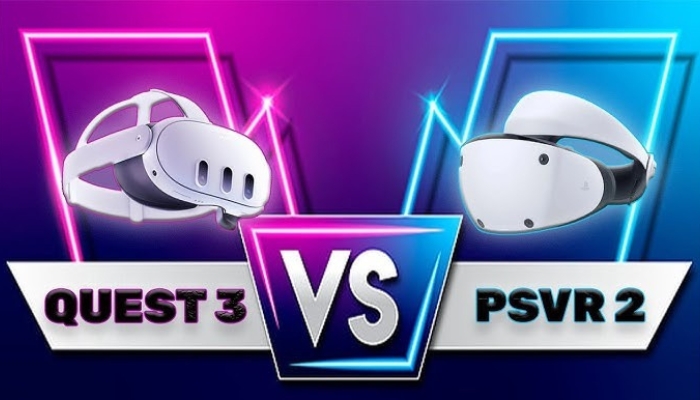
Top multisport smartwatch upgraded with next-gen heart rate sensor, clearer screen, epic battery life, and new metrics.
Garmin has been making consistent upgrades to its popular sports smartwatches, and now it’s time for the top adventure watch, the Fenix 7 Pro, to receive enhancements with cutting-edge technology and new features. This versatile watch comes with a built-in torch, allowing you to take it anywhere you go. With a price tag of £750, it falls into the luxury category, comparable to Apple’s £849 Watch Ultra and the line, which starts at £800. Although it is £150 more expensive than the cheapest Fenix 7 model, it aligns with the pricing of previous solar-charging models. But what additional features do you get for the extra investment?
Garmin introduces new technology through its “Pro” models, while maintaining the rugged design that made the original Fenix 7 popular. The watch is available in three sizes (42mm, 47mm, and 51mm) to accommodate different wrist widths and exudes a professional and purposeful appearance.
Touchscreen, offering improved clarity and readability indoors compared to previous solar-charging models. While it may not match the visual appeal of recent OLED models, it excels in bright sunlight and features built-in solar charging, significantly reducing power consumption. For those seeking utmost durability, there is an option to choose sapphire glass and titanium models.
A standout addition is the LED light located at the top edge of the watch. Initially exclusive to the Fenix 7X, the LED light is now available across all sizes of the Fenix 7 Pro. It provides sufficient brightness for navigation purposes, akin to a phone torch, proving highly practical in everyday situations such as rummaging through cupboards or taking out the bins at night.
In addition, the LED on the Fenix 7 Pro serves as a strobing running light. When you swing your arm forward, it emits a white light, and when it moves backward, it switches to red. While it may not substitute a dedicated head torch or chest light, it enhances your visibility to vehicles during nighttime activities, which is always beneficial.
Furthermore, all variants of the Fenix 7 Pro come equipped with Garmin’s exceptional multi-band GPS technology. This advanced feature greatly enhances tracking accuracy, particularly in challenging environments like forests or areas with tall buildings.
Specifications:
- Display: Transflective MIP LCD with options of 1.2, 1.3, or 1.4 inches
- Case sizes: Available in 42mm, 47mm, or 51mm
- Case thickness: Ranging from 14.1mm to 14.9mm
- Band size: Quick fit options of 20mm, 22mm, or 26mm
- Weight: Body only weight varies from 42g to 68g
- Storage: 32GB
- Water resistance: 100 meters (10ATM)
- Sensors: Multi-band GNSS (GPS, Glonass, Galileo), compass, thermometer, heart rate, pulse Ox
- Connectivity: Bluetooth, ANT+, WiFi
The Garmin Fenix 7 Pro features a fifth-generation optical heart rate monitor on the back of the watch. It has been redesigned with a wider profile and a distinct design, enhancing its reliability even when your wrist is in motion or positioned at odd angles. This improvement is particularly valuable during intense or challenging workouts, such as weightlifting or cycling. Overall, the heart rate sensor is exceptionally responsive and accurate, rivaling the performance of a chest strap for the majority of users.
The Fenix 7 Pro offers an extensive range of activity tracking capabilities, with an additional 30 sport profiles added to the already comprehensive list found in the Fenix 7. Notably, it provides full offline mapping directly on your wrist, allowing you to navigate pre-planned routes or explore impromptu paths in case you find yourself lost. This feature sets it apart from many competitors in the market. The maps now include enhanced steepness markings, and you can overlay weather conditions on your location, similar to radar weather maps on smartphones.
Exclusive to the Fenix 7 Pro, but potentially extending to other models through future software updates, are two new metrics: hill score and endurance score. These metrics provide valuable insights into your performance on hills and your overall endurance, further enhancing the tracking capabilities of the watch.
Hill score is a metric that assesses your ability to ascend inclines of 2% or higher, whether you’re running, walking, or hiking. It consists of two components: hill endurance and hill strength. These factors provide a general indication of your fitness level and capacity to tackle long distances or achieve faster ascent times.
The endurance score is particularly intriguing as it allows for sport-agnostic comparisons among individuals. It encompasses all types of activities, measuring both duration and intensity. This feature enables footballers to compete with runners or skiers, fostering a sense of competition across various disciplines. Similar activity-agnostic competition has been a prominent social selling point for platforms like Fitbit for some time.
One notable advantage of the Fenix 7 Pro, thanks to its low-power LCD screen, is its impressive battery life. When used as a smartwatch with phone notifications, general activity and sleep tracking, setting timers, frequent use of the torch, and other features, the watch can easily last up to 16 days between charges. By reducing torch usage or incorporating several hours of solar charging each day, the battery life can be extended to approximately 22 days, which is truly remarkable.
The battery life of the Fenix 7 Pro is equally impressive when it comes to running and other sports tracking features. In its most energy-efficient mode, it can last for up to 136 hours of GPS tracking. Alternatively, when using the special “expedition mode,” it can extend the battery life for up to 40 days. With daily solar charging, the battery life can be further extended.
During regular running sessions, the watch consumed approximately 6-7% of the battery in 80 minutes when using the default automatic GPS mode without music. However, with offline music playback from Spotify, the battery usage increased to around 12%. Even with this increased energy consumption, you can still expect at least 22 hours of high-precision tracking, which is more than sufficient for most activities.
Sustainability: The Fenix 7 Pro is designed with repairability in mind. The battery is built to withstand several years of frequent charging cycles while maintaining a minimum of 80% capacity. However, the watch does not incorporate any recycled materials. Garmin ensures a minimum of two years of security updates from the release date, but typically extends support for its devices beyond that timeframe. The company also offers trade-in programs for certain product lines and complies with relevant recycling laws such as WEEE (Waste Electrical and Electronic Equipment) regulations and other local electronics recycling requirements.
Price: The Fenix 7 Pro series starts at a price of £749.99 ($799.99/A$1,349), and the most expensive model is priced at £1,099.99.
Verdict:
With the Fenix 7 Pro, Garmin solidifies its position as the leading player in the adventure-watch market by incorporating next-generation heart rate sensor and screen technology into an already highly capable Fenix 7.
The inclusion of solar charging across all models, improved mapping features, and the highest-precision multi-band GPS are all highly desirable additions. Additionally, the software enhancements for Garmin’s exceptional sport tracking capabilities, exceptional battery life, and compatibility with both Android and iPhone devices are all noteworthy. While each individual may utilize only a fraction of the watch’s extensive features, everyone’s unique 5% will differ.
It may seem unusual to highlight the built-in torch as the standout feature of a £750 watch, but its practicality in day-to-day use and utility for nighttime running cannot be overstated. Every watch should have this feature.
Overall, the Fenix 7 Pro stands as the ultimate adventure smartwatch currently available, even if its improvements over the already fantastic predecessor are only incremental. While the price tag may be significant, for many, the investment will be well worth it.




